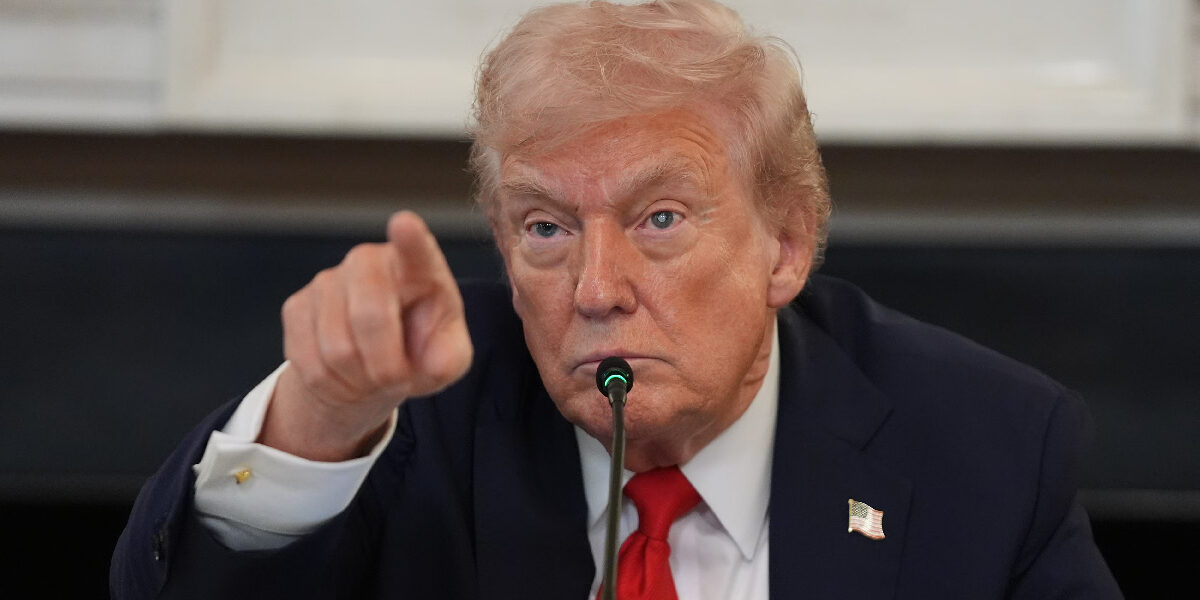A potential ceasefire in Gaza may soon become Donald Trump’s most significant diplomatic victory, though the fine print of the proposed deal remains complex and uncertain.
After nearly two years of relentless war between Israel and Hamas, both sides appear closer than ever to halting the violence. For Trump, the agreement could cement his legacy as a peacemaker — but the path forward is filled with fragile negotiations and unresolved tensions.
According to officials familiar with the talks, the 20-point peace plan devised by Trump’s administration aims to balance immediate ceasefire conditions with a broader vision for long-term stability. Backed by several Arab states and regional powers, the proposal has been described as the strongest chance for peace since the collapse of the March ceasefire, which led to months of devastating warfare that claimed nearly 68,000 lives, mostly civilians.
The first stage of Trump’s plan focuses on exchanging hostages held by Hamas for a partial withdrawal of Israeli forces from Gaza. Yet, as diplomats have cautioned, identifying every hostage and coordinating a safe, verifiable Israeli withdrawal will be a formidable task.
In true Trump fashion, optimism has been delivered with characteristic flair. On Truth Social, he wrote, “ALL of the Hostages will be released very soon, and Israel will withdraw their Troops to an agreed upon line as the first steps toward a Strong, Durable, and Everlasting Peace. All Parties will be treated fairly!”
However, much remains unsettled. The core questions — such as whether Hamas will disarm, how Gaza will be governed, and what Israel’s long-term role will be — are yet to be finalized.
Observers have noted that the situation mirrors earlier failures. A ceasefire in January collapsed amid disagreements over the timing of hostage releases, casting a shadow of doubt over this renewed push for peace. Still, Trump’s team insists that this moment is different, emphasizing that Arab involvement and Trump’s direct intervention have shifted the diplomatic landscape.
Sources claim that during an anti-antifa roundtable on Wednesday, Trump received a handwritten note from Secretary of State Marco Rubio that read: “Very close. We need you to approve a Truth Social post soon so you can announce deal first.”
Despite the unusual theatrics, analysts agree that Trump’s unpredictability may have helped push both allies and adversaries toward compromise. Some insiders even suggest that Trump’s motivation is partly personal — with hopes of being recognized as the first U.S. president since Barack Obama to win a Nobel Peace Prize.
Political considerations are shaping the outcome as well. Hamas has urged Trump to ensure that Israel complies fully with the ceasefire’s terms, warning that renewed aggression would derail the agreement. The group emphasized its continued commitment to Palestinian freedom and self-determination, a goal long rejected by Benjamin Netanyahu and largely ignored by the White House.
For Netanyahu, the deal presents both opportunity and peril. He has promised to convene his government to approve the agreement and secure the hostages’ release, but far-right ministers like Bezalel Smotrich and Itamar Ben-Gvir have threatened to collapse his coalition if a truce goes forward.
Trump’s response, insiders say, has been blunt and forceful. When Netanyahu hesitated, Trump reportedly told him: “I don’t know why you’re always so fucking negative … This is a win. Take it.”
The U.S. president is expected to travel to the Middle East this weekend for the formal signing of the agreement — a high-stakes trip that could define his presidency. Yet, beneath the grand promises and diplomatic theatrics, the deal’s survival depends on the smallest details.
If successful, Trump could secure a place in history as the architect of peace in one of the world’s most volatile regions. But if the negotiations unravel, it could expose the limits of his power — and turn his biggest diplomatic gamble into a dramatic failure on the global stage.
